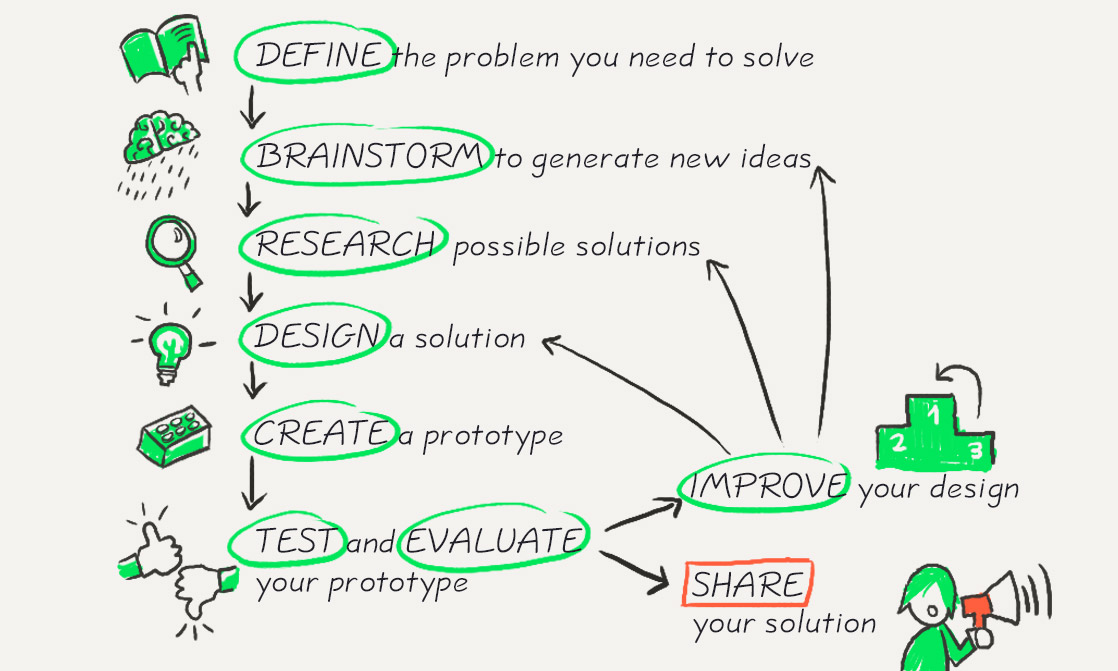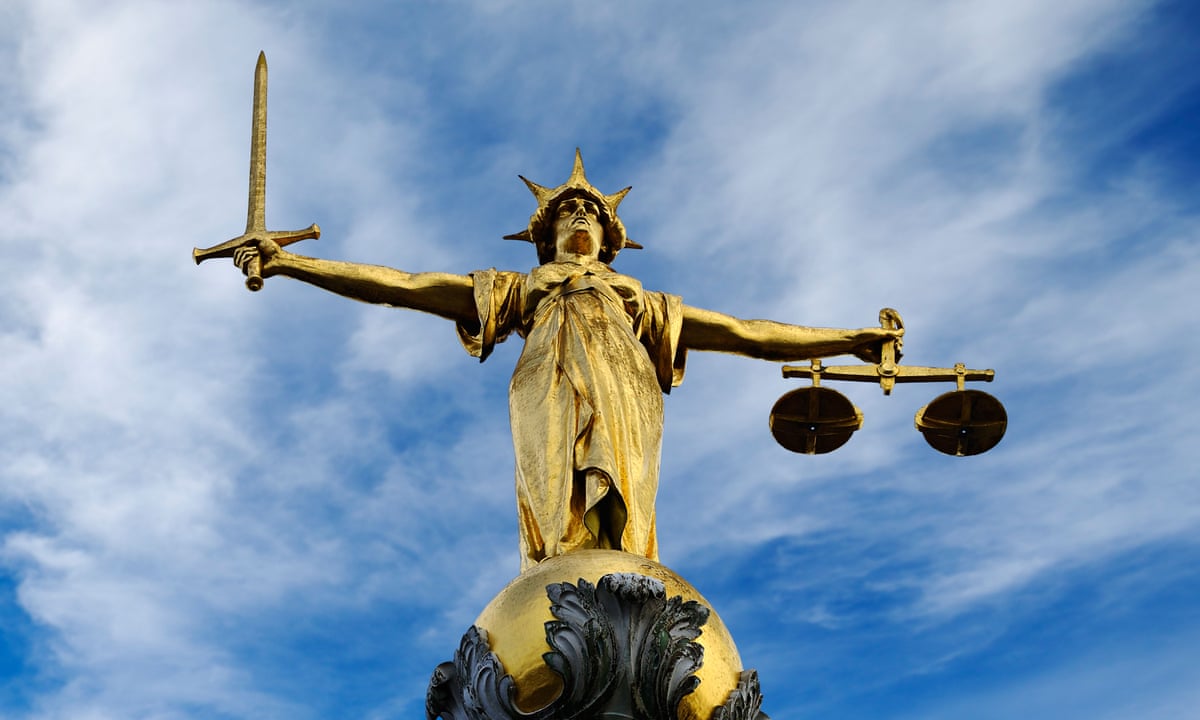Over the course of Semester 2, I participated in Outdoor Education as an elective. Whilst, my time in Muir was short-lived Muir, especially after missing camp. I was still ultimately able to gain valuable life experiences that I will forever be grateful for. Below, I have compiled a series of points outlining/highlighting some key aspects of my experience in Muir.
What were my goals for Muir? Did I achieve them?
-Over the course of Semester 2, one of my main goals I set for myself was to be able to gain valuable collaborative skills. To exemplify, many of the tasks I partake in life are individualised tasks, meaning I do them all by myself. However, activities such as orienteering were very interactive, and filled with plenty of social interactions. In orienteering, we were given assigned random groups. It was within these randomised groups I was able to foster relationships with individuals from a diverse set of backgrounds, whether that be individuals in different year levels or from another class. The biggest take-away I found when working with others was that the everyone in the group needed a role. I often saw many other groups having one or two leaders guiding the rest of the group who were clueless as to what was happening. This isn’t effective as it doesn’t give other individuals the freedom to learn and improve.

Write about significant events that happened on camp and throughout the course:
-Whilst I didn’t attend camp, I was still able to immerse my self in events during the course that taught me something new. More specifically, snorkelling for the first-time in the water. Throughout my life I always wanted to experience what snorkelling was like. The Muir elective was a great segway into this and I ended up learning how to effectively snorkel. When I first started snorkelling, it was a challenge to find flippers that could fit my feet. I either found most flippers too small for my foot size or uncomfortable, however, that didn’t stop me from putting them on. Once I finally had my flippers on I had to find some goggles. I was actually unaware that I had snorkelling gear at my house. As a result of the Muir elective, I ended up learning a new fact about my house! When I was first in the water with flippers, it was a surreal experience. I was immediately able to swim much faster. But in my opinion, the best experience was being able to breath whilst submerged under-water. It didn’t feel real and it took some time to adjust to, but it really motivated me to pursue snorkelling in my free-time. Additionally, I learnt some cool signals such as how to signal whether a shark was coming whilst underwater!
Weather observations and conditions. How did these affect you/us? How did you manage:
As I didn’t attend camp, I wasn’t severely affected by the weather during my time in Muir. For the most part during class the weather was perfect with the sun most of the time. However, I could only imagine how tough it would be to be camping in the midst of a storm or heavy rain. This would deeply affect the activities one could participate in. One way to manage such an issue would be to have a Plan B that could work in an indoor environment. Another way to mitigate this issue would be to wear a suitable amount of clothing. Furthermore, making sure everyone is staying on task and not mucking around would be of aid.

Outline any plants and animals you saw (flora and Fauna)
Whilst orienteering in Manning Park, I saw some native Australian plants such as a Bottlebrusha and a Toothbrush Grevillea, just to name a few local plants. Additionally, I was able to see some unique-looking caterpillars and butterflies when I was out orienteering. Whilst I was out orienteering in Jorgensan Park, I saw a great deal of dogs and their owners and was even able to pat some. Also, whilst I never personally saw any snakes, we were all warned to watch out for snakes as they were active in the Jorgensan Park area.


Include 3 capabilities you have used during your time in Muir and provide examples:
-Leadership: During my time in Muir I displayed leadership when orienteering. Whilst orienteering I would frequently check in with everyone and ensure we all were assigned a role and were doing something productive. Another time I displayed leadership was during archery I kept track of all our scores.
-Respect: I ensured I treated everybody with the same level of respect, regardless of any past encounters I had incurred with them. For example, during archery I frequently had new partners. It was here were I tried to respect the individuals I was communicating with. For example if they hit a nice shot I would congratulate them and even if they missed badly I would tell them next time they would do better.
-Learning: I often found my self to be a rather slow learner, but in Muir I was able to exercise my learning skills and pick up on new information more efficiently. When I was learning how to perform certain manoeuvres underwater when snorkelling, I tried to absorb the information in a clear and concise manner, and more efficiently.
Include photos/pictures of activities we have done (I have some I can share with you and you can also take some on camp):
N/A, I did not attend camp and couldn’t personally access nor find any photos of myself.
Funniest, most memorable moments in this class. What activities did you enjoy the most and why?
-When-ever we had nothing to do in a class, Mrs Stieber would take us outside to participate in some team games. These games were extremely creative and fun-filled with plenty of fun in stock. Out of all the mini-games, however, my favourite one had to be the game where you had to drop a bottle on the ground as far forward as you can without crossing a boundary. This game made me test my physical capacity to perform certain movements and also how well me and my team could think on the spot and produce a viable method of maximising our success in the game. I hope this game stays in the Muir program and is introduced in more programs at the school.
What did you learn about yourself? What does it mean for the future?
-I learn that I’m not necessarily the most resourceful individual in the wilderness. I found that I lacked the necessary level of hand-eye coordination to perform certain movements and actions. Looking forward into the future this is an aspect I will try to exercise more frequently. For example, I will try and convince my dad to take me and my little brother out into the wilderness.
What LNT principal have you seen and applied throughout Muir?
-One Leave No Trace principle I learnt was to never leave rubbish behind. We were told to always clean up after ourselves as we spent a majority of our time in natural lands and areas. For example, Jorgensan Park is a very well known area and has plenty of visitors. For us to pollute that area and leave behind traces of food and plastic would be extremely disrespectful and













